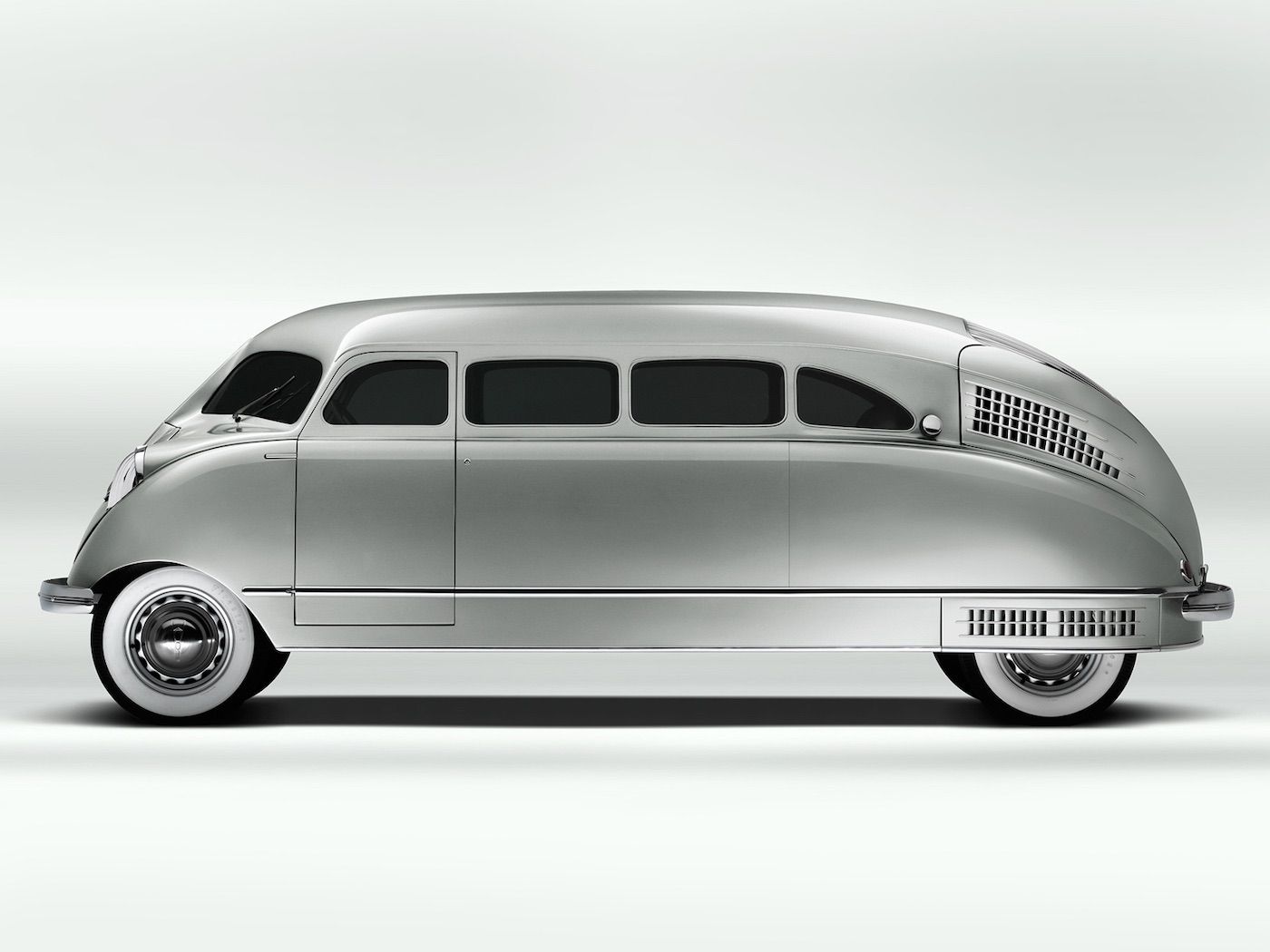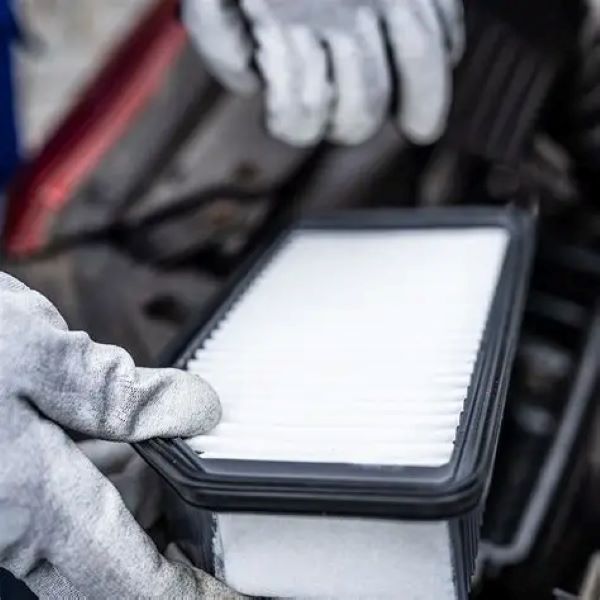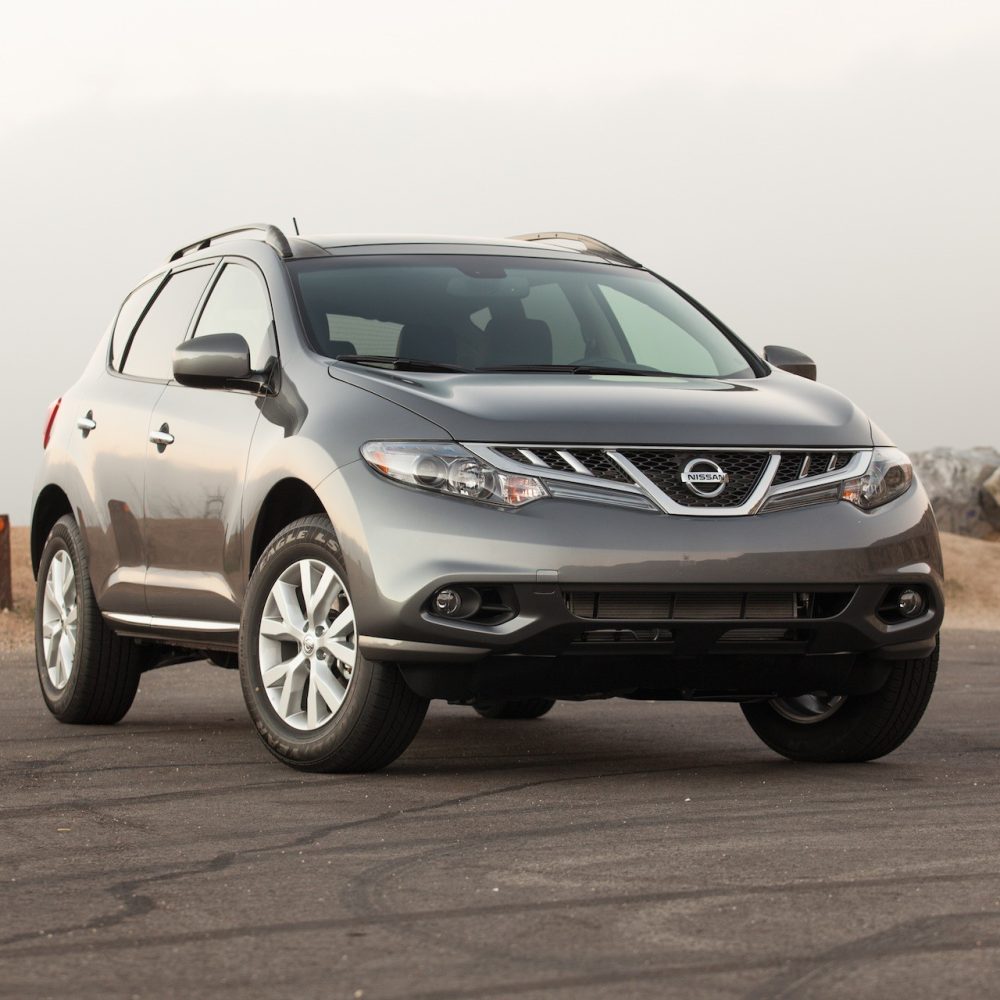Stout Scarab – The World’s First Minivan
The Stout Scarab holds a special place in automotive history as the first minivan and progenitor of the modern people’s mover concept. Introduced in 1936, this futuristic Art Deco automobile was the brainchild of aviation engineer William Bushnell Stout. The Scarab’s innovative use of materials, passenger-focused design, and roomy interior presaged contemporary minivans by decades. Only nine production Scarabs were built, making them extremely rare today. 
Stout Scarab – An Aircraft Engineer’s Automotive Vision
Stout brought aircraft construction techniques to the automotive realm, employing an aluminum monocoque structure and aerospace-grade alloy body panels. This unitary construction yielded high rigidity from thin bodywork for low weight. The suspension featured torsion bars and inboard brakes to maximize interior space. Stout obsessively focused on passenger comfort, foreshadowing the family-hauling priorities of minivans. The Scarab represented a clean-sheet design shaped by Stout’s aircraft experience.
Distinctive Streamlined Styling
The Scarab’s sleek, rounded contours aligned with Art Deco streamlining principles to reduce drag. Design elements like faired-in fenders and hidden door hinges smoothed airflow. Full wheel covers and headlights flush within the body contributed to its 0.30 drag coefficient, incredibly low for the era. The glass area was maximized for visibility, accented by a two-piece wraparound windshield. Curved window frames and detailing reflected the aircraft windscreen inspiration. The Scarab’s shape looked decisively futuristic in 1936.
Innovative Packaging for Passengers
Stout’s obsession with passenger space yielded an impressively packaged interior, foreshadowing minivans. A flat floor enabled six individual lounge seats that could swivel to face each other. This enhanced social interaction and versatility. Generous headroom and legroom exceeded many vehicles today. Features like individual fold-down trays and overhead parcel racks aimed to maximize comfort and convenience. Even accessing the engine just required folding down the front seat – no need to exit. The Scarab was optimized for passengers decades ahead of its time.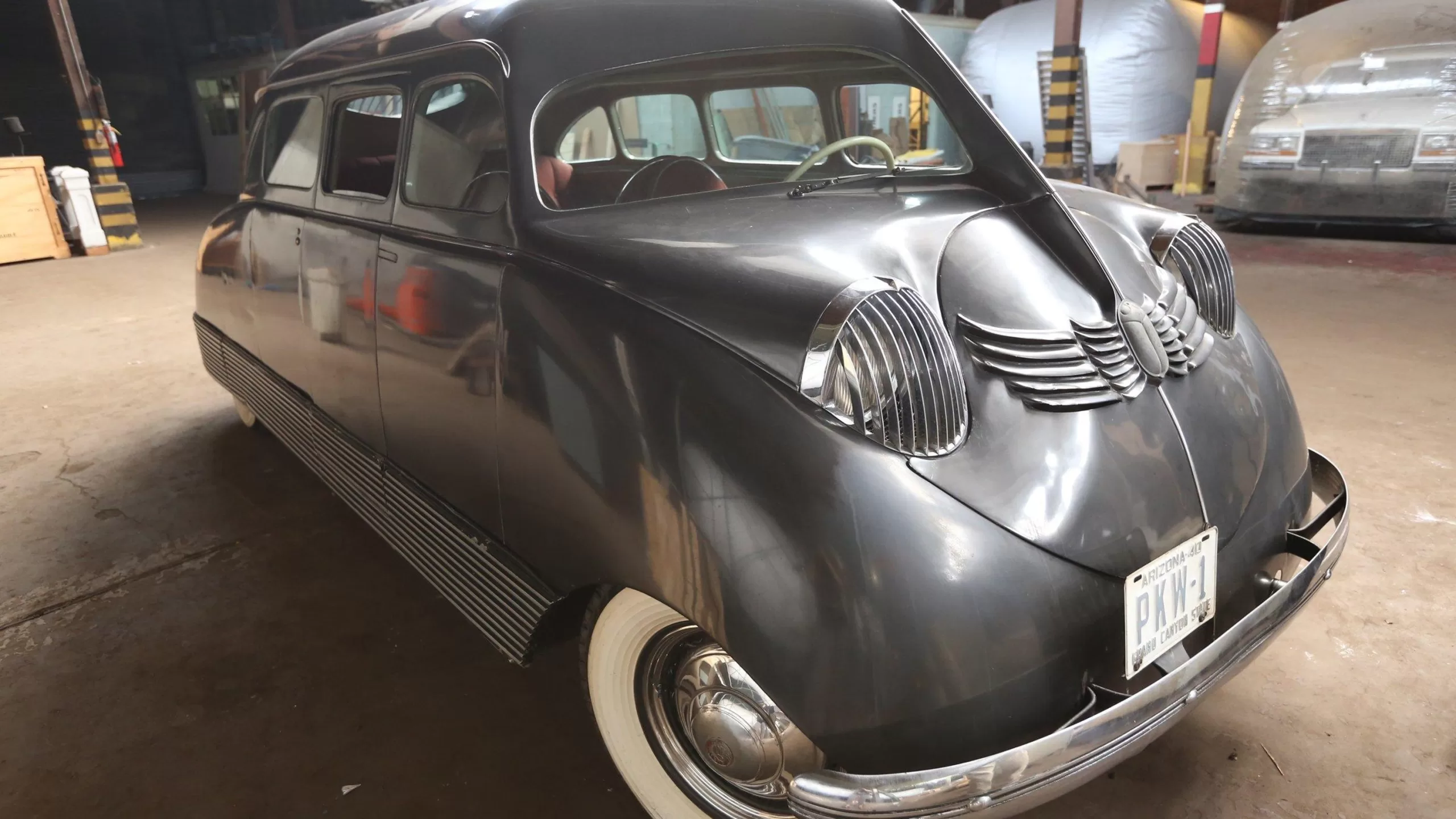
Stout Scarab Surprising Performance from a 145HP V8
Powering the Scarab was an aluminum 145 horsepower V8 coupled to a 4-speed automatic transmission, providing effortless cruising ability. Weighing around 3,200 pounds, performance was sprightly for the era. Road tests by media praised the Scarab’s smooth power delivery and comfortable ride quality thanks to the compliant suspension. The drivetrain isn’t fascinating. It provides real-world capabilities suiting the vehicle’s luxury focus. Stout designed the Scarab for rapid, relaxed journeys.
Lavish Interior Treatments
Stout equipped Scarabs lavishly as rolling living rooms. The two-tone leather upholstery felt appropriately upscale. Generous wooden trim and lambswool carpeting created warmth. Individual fold-out trays, vanity mirrors, and ashtrays pampered passengers. A concealed liquor cabinet and bar set serviced cocktails. Overhead parcel racks added convenience. Stout created every interior feature to optimize comfort, presaging how minivans would be appointed decades later. The hand-crafted Scarab interior remains utterly unique.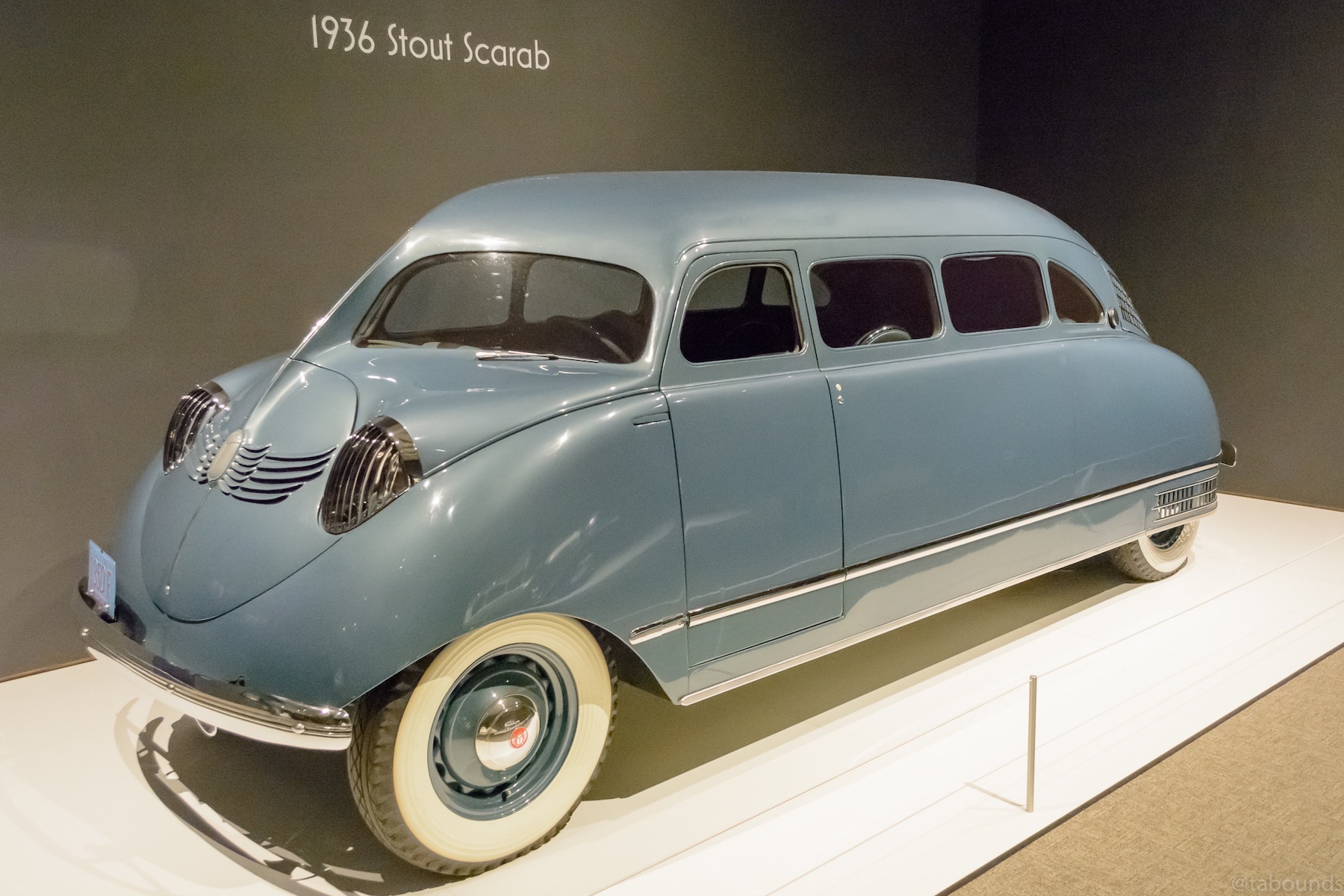
A Vision Too Advanced for the Era
The Scarab’s advanced engineering and passenger focus unfortunately bewildered 1930s buyers expecting conventional styling and priorities. Its aircraft-derived construction techniques were untested and costly. Minimal luggage room and only two doors limited practicality. At over $5,000, it was very expensive. As a result, Stout struggled to sell Scarabs. But his unique vision was simply decades ahead of its time, ultimately laying the groundwork for vehicles that would later dominate the family market.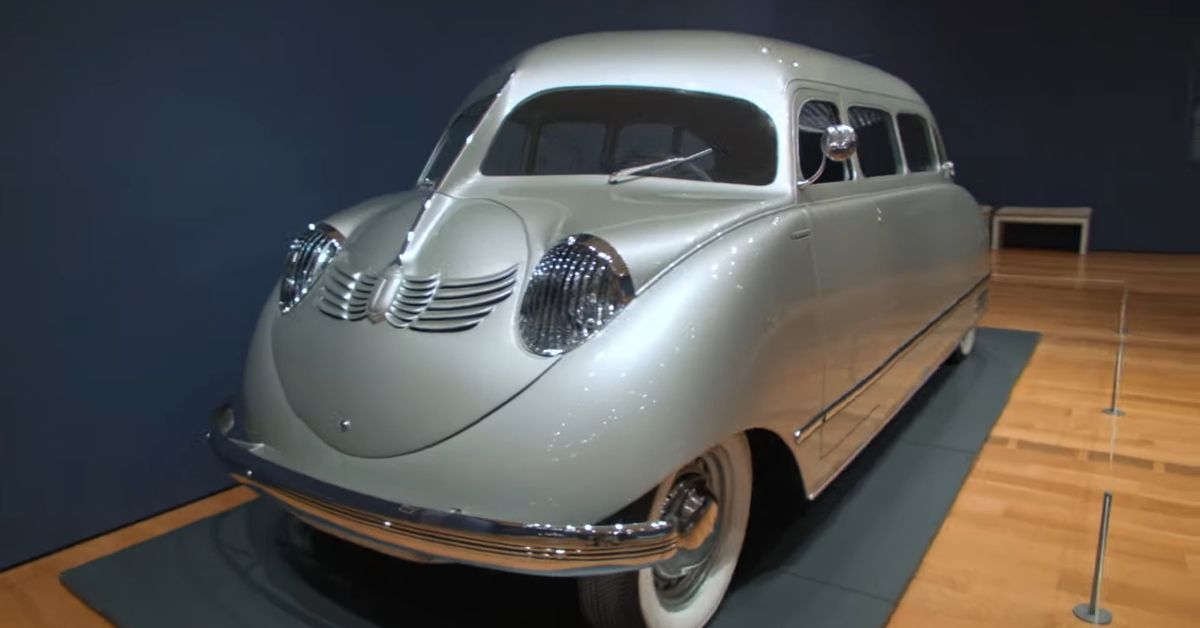
Stout Scarab Lasting Influence on the Automotive Landscape
Only a few Scarabs remain today. They stand as symbols of radical innovation and forward thinking. Stout correctly predicted the automobile’s evolution toward maximizing passenger space. Versatility decades before mainstream vehicles followed suit. Everything from seating position to the overall packaging of the Scarab’s interior was optimized around occupants – principles minivans would later embrace wholesale. The Scarab proved that a radical visionary approach could yield incredible innovation given enough imagination.